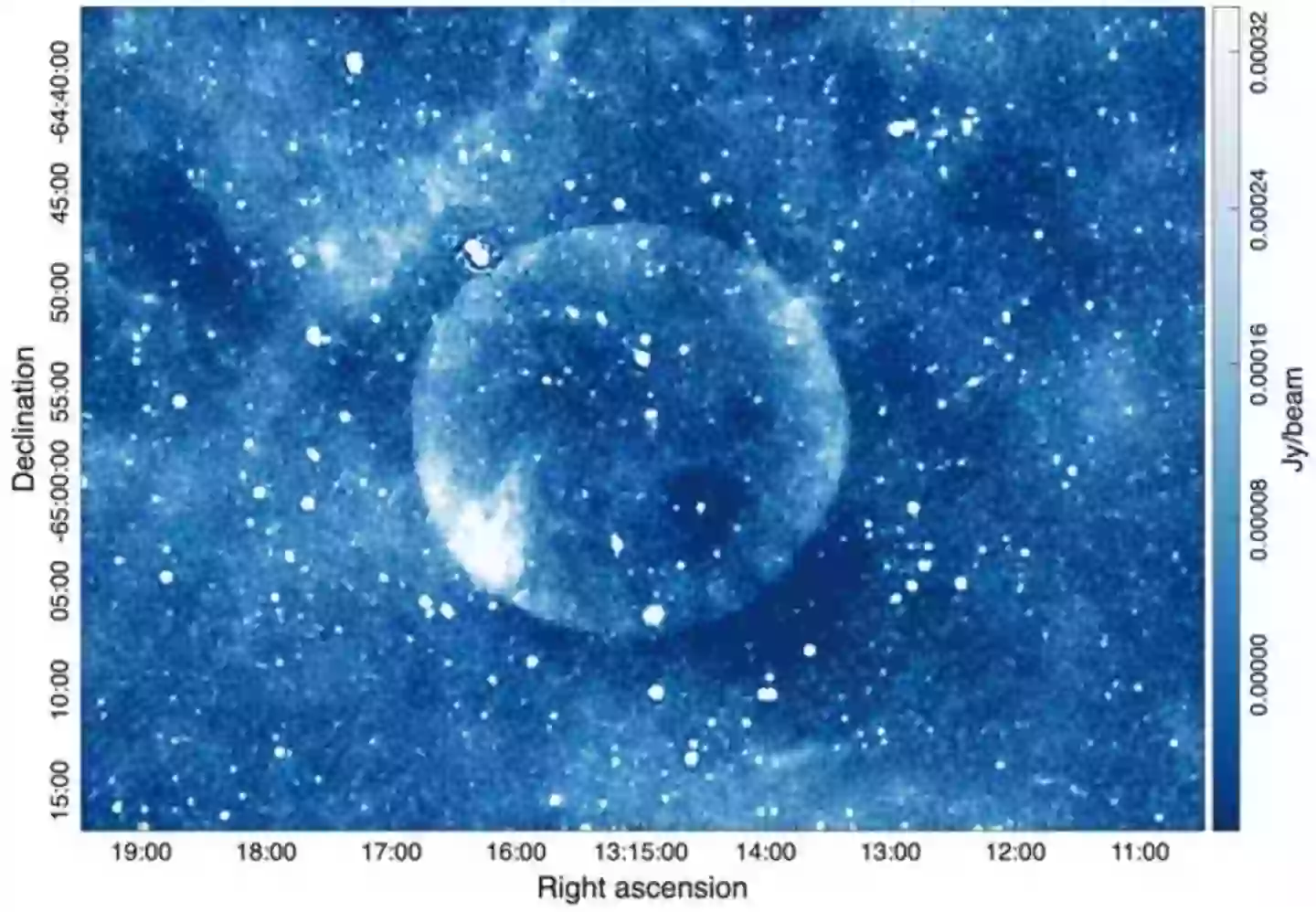Mysterious Cosmic Sphere Defies Explanation, Leaving Scientists Stunned and Searching for Answers
Every time you think space has finally given up its secrets, it throws you a curveball so baffling, even the boffins scratch their heads and mumble, “Well, that’s new!” Thanks to leaps in tech—like the jaw-dropping James Webb Space Telescope—we’re practically peeking into the universe’s backyard. Yet, while Katy Perry’s already been twirling around up there and Jeff Bezos is plotting hotels with a view, the rest of us are stuck ogling spectacular snapshots beamed down by NASA’s cosmic ninjas. Now, Australian scientists have stumbled upon something seriously weird: a perfectly round, ghostly sphere named Teleios, visible only in radio waves (yes, those loooong, hard-to-see wavelengths). What is it? A Type Ia supernova in disguise? An alien beach ball lost in the Milky Way? The mystery piles on like an overstuffed suitcase—making one wonder if space decided to prank us again. Ready to get confused and amazed all at once? LEARN MORE.
Scientists are constantly finding new things in space, but one of the latest discoveries has left boffins baffled.
Thanks to huge advancements in technology, scientists are now able to see further into space than we might have ever thought was possible – you only need to look at the findings of the James Webb Space Telescope to recognise that.
The world of space might seem a long way away now but considering Katy Perry made it there earlier this year, it’s perhaps only a matter of time before we see more regular joes end up there, especially if Jeff Bezos‘ elaborate plans for a space hotel come into fruition.
But for now, most of us are stuck admiring space thanks to the images we receive from NASA and their powerful telescopes, which paint an image on some of the beautiful things beyond planet Earth.

Telescopes have come a long way in recent years (Getty Stock)
It was thanks to another telescope, namely the ASKAP telescope, that scientists in Australia were recently able to discover a ‘perfect’ sphere with ‘low surface brightness’.
The floating globe, which has been named Teleios, from the ancient Greek word for complete or perfect due to its ‘remarkable circular symmetry’, was discovered hiding thousands of light-years away in our Milky Way, although it is thought to be expanding.
If you weren’t already confused enough, it turns out that the sphere for some reason can only be seen in radio waves, which are the longest wavelengths in the electromagnetic spectrum.
What is also strange about the sphere is that it can only be seen in radio waves – the longest wavelengths in the electromagnetic spectrum – which means that it can’t be seen particularly clearly by the scientists.
The researchers say: “Teleios [is] named from the Greek Τελεɩοσ (‘perfect’) for its near-perfectly circular shape. The most obvious characteristic of Teleios is its remarkable circular symmetry, coupled with a low surface brightness.
“This unique object has never been seen in any wavelength, including visible light, demonstrating ASKAP’s incredible ability to discover new objects.”

A zoomed-in look at Teleios (Filipović et al., arXiv, 2025)
Although they cannot be sure what the sphere is, one theory suggests that it could be a ‘Type la supernova’, which occurs when a star explodes.
“We have made an exhaustive exploration of the possible evolutionary state of the supernova based on its surface brightness, apparent size and possible distances,” said the scientists in their study.
“All possible scenarios have their challenges, especially considering the lack of X-ray emission that is expected to be detectable given our evolutionary modelling.
“While we deem the Type Ia scenario the most likely, we note that no direct evidence is available to definitively confirm any scenario and new sensitive and high-resolution observations of this object are needed.”












